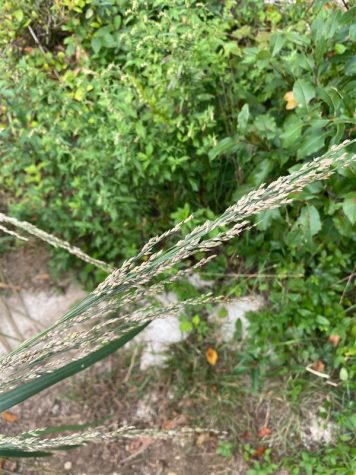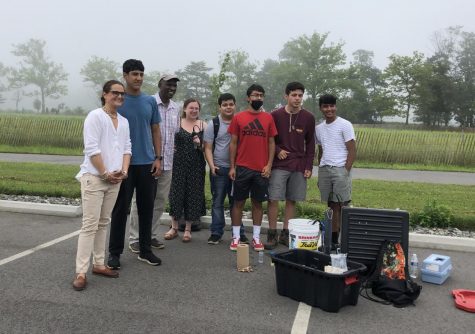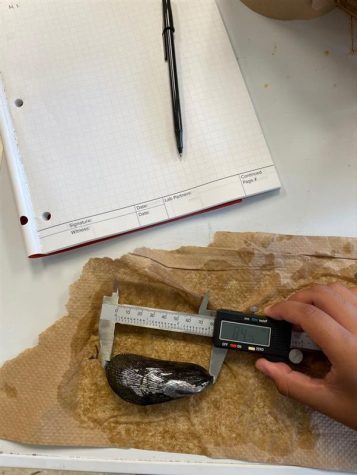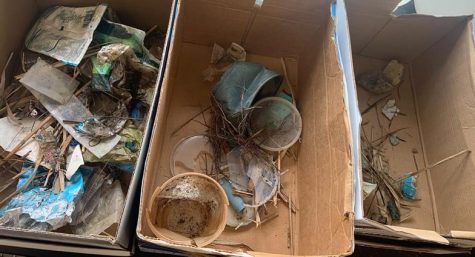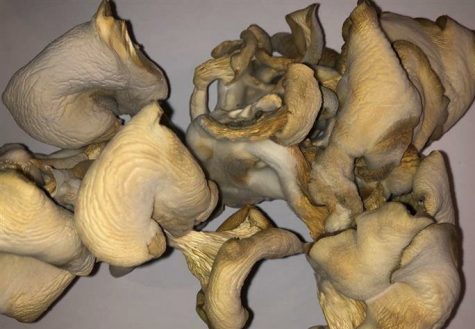The East Asian Burglar
A project conducted in Dr. Grella’s research course.
June 10, 2020

No fancy security system can protect you from this intruder; it breaks in at any moment! It can go under your walls or through them and is 3 meters tall. This intruder is a PLANT known as Japanese Knotweed or Reynoutria japonica. After it infiltrated our country during the late 18th century disguised as an ornamental garden plant, it soon took over the country, but before we realized, it was too late. Now it destroys our environment and the biodiversity around it—out-competing native plants, shifting upland and aquatic ecosystems, and blocking streams leading to floods— and causes structural damage to asphalt and concrete.

Japanese Knotweed regenerates from the smallest root or stem fragments, so it spreads like wildfire. During quarantine, I’ve seen it pop up in two more areas in my community, and every time we pass it, we can notice its growth. Reynoutria japonica grows quickly and starts its growth before springtime, which gives it a substantial advantage over our native species, all of which can’t overcome R. japonicas quickened growth (up to 10 cm a day). So how do you know if this intruder is present near you? Well, that’s easy since it has particular characteristics. Japanese Knotweed has vibrant green and red hollow bamboo-like stems, heart-shaped leaves that grow in an alternating pattern, and small white creamy flowers that bloom during the summer.
Methods of eradication include the use of the herbicide glyphosate, excavation, screening, and burning. Glyphosate, the herbicide famously used to eradicate it, not only damages the environment and biodiversity around the plant, but also runs off into areas where herbicide is unwanted, persists to the soil, and can contaminate groundwater. The most successful method of removal would be to excavate it, however, our studies show that if you left just a small fragment in the ground, the entire plant could grow back. You would need to be very meticulous with this species, but we need to hinder its growth in the states before it ends up on every street as it does in the UK! Soon enough, this burglar will be caught!
To learn more about the projects conducted in Dr. Grella’s and Mrs. Medwig’s Research courses, visit http://letssciencethat.org





